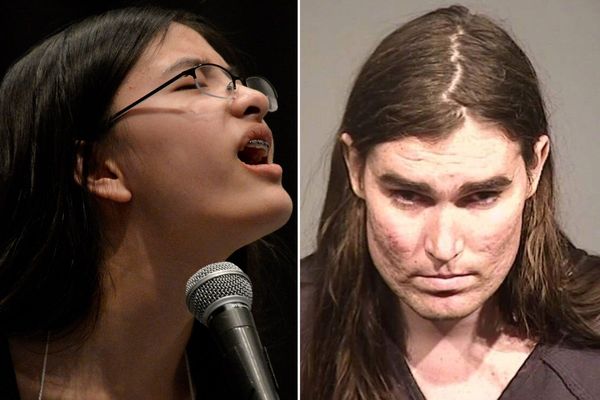
Boys are watching violent porn on their smartphones then going on to attack girls, police have said, as new data showed children are now the biggest perpetrators of sexual abuse against other children.
Police data shows there has been a quadrupling of sexual offences against children, in what officers say is the most authoritative analysis of offending against youngsters.
The report from the National Police Chiefs’ Council (NPCC) said the offending by adults against children was usually more serious, but said they were alarmed by the growth of sexual offending by those aged 17 or under.
In one case a child of four was referred to police after allegedly using a smartphone to upload an indecent image of a sibling. Police declined to give any more details.
In 2022 a total of 107,000 reports were made to police in England and Wales alleging sexual offences against children, ranging from rapes and, in a quarter of cases, to the making and sharing of indecent images.
The NPCC said 52% of alleged offenders were children, compared with around one third a decade ago.
Police received reports of 14,800 rapes and sexual assaults against children aged 10 to 17 where the suspect was classed as a child, the overwhelming majority being boys.
Ian Critchley, the NPCC lead for child protection, said: “This is predominantly a gender-based crime of boys committing offences against girls.
“I think that is being exacerbated by the accessibility of violent pornography and the ease with which violent pornography is accessible to boys and, therefore, a perception that is [normal] behaviour, and that person can carry out that behaviour that they are seeing online in the most violent way against other peers as well.
“Clearly the accessibility to smartphones has just rocketed, not just in relation to 11- to 16-year-olds, but in relation to under-10s as well. That accessibility has really exacerbated that and I think this is a debate that does need to be had in our society.”
A third of attacks take place within the family, the most common setting for abuse, and eight out of 10 victims knew their attacker.
Police said it is estimated as few as one in six offences are reported to them.
Critchley said the clear-up rate – where someone is charged or cautioned – was 12% where a child is physically attacked and 11% for indecent images offences. The clear-up rate for child-on-child attacks is 15% for sexual assault and 12% for rape.
He said offences involving AI were already being reported to police. These include “nudification” where the photo of a person – usually female – is digitally stripped of clothing to make it appear as if they are naked.
The National Society for the Prevention of Cruelty to Children (NSPCC) announced it was increasing the capacity and raising awareness of its helpline through which adults can report suspicions about child abuse. The charity last month said it was taking 14 months for a defendant in a child abuse case to stand trial after being charged, placing a greater strain on victims.
Wendy Hart, the deputy director for child sexual abuse at the National Crime Agency, said about 830,000 adults in the United Kingdom are estimated to pose a danger to children. “The severity of offending has increased, as have the complexities faced by law enforcement in tackling it,” she added.
“We are now seeing hyperrealistic images and videos of abuse being created using artificial intelligence, for example, while the rollout of end-to-end encryption by technology platforms makes it a lot more difficult for us to protect children.”







